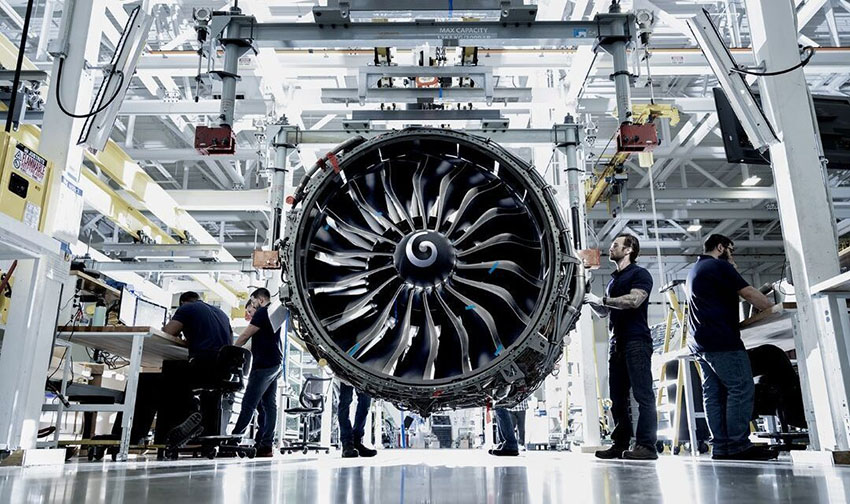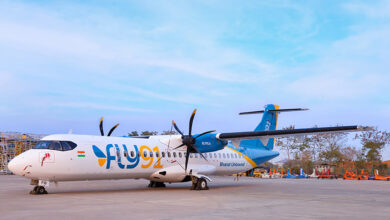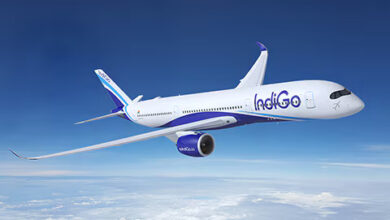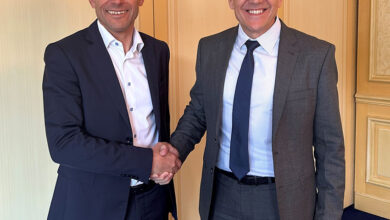The Fix is in: the Leap Engine’s Open MRO Ecosystem Expands its reach
By Jay Stowe
April 10. When the CFM LEAP engine entered service in 2016, it did so with high hopes. CFM International, a 50-50 joint company between GE Aerospace and Safran Aircraft Engines, was confident that the LEAP engine would significantly improve fuel efficiency, reduce noise and CO2 emissions, and enable higher aircraft utilization rates. Eight years into service, CFM appears to have underpromised and overdelivered. Not only has the LEAP engine maintained a 15% to 20% improvement in fuel efficiency over its immediate predecessor (the CFM56 engine) but it has racked up a 99.95% departure reliability rate. To date, the LEAP engine family, which fits all variants of Airbus A320neo, Boeing 737 MAX, and COMAC C919 passenger jets, has logged nearly 50 million flight hours on more than 3,200 aircraft flying with nearly 200 operators worldwide.

That’s a lot of engines to keep in top shape. Indeed, CFM has delivered nearly 8,000 LEAP engines to airline customers so far, and has more than 10,000 engine orders on backlog. When it comes to maintenance, repair, and overhaul (MRO) services, it’s more than CFM can support in its own shops. But it turns out this is a good problem to have.
To meet the demand required by that many engines powering that many commercial jets, CFM has created an open MRO ecosystem, which builds on the model that has been so successful for CFM56 engines. Why open? Because, as CFM sees it, an open MRO ecosystem fosters competition in the market, giving MRO providers an incentive to invest in their shops, which in turn can encourage competitive pricing and improve turnaround times. What’s more, it gives LEAP customers a wider variety of locations, providers, and work scopes to choose from — including standard line maintenance and engine shop manual repairs (like cleaning, inspection, spare part replacement, borescoping, boroblending, and module repairs), all the way up to full-performance restoration shop visits (PRSVs).
CFM currently has an internal network of eight shops operated by GE Aerospace and Safran Aircraft Engines, as well as 10 on-site support bases around the globe dedicated to providing “quick turn” maintenance solutions. Over the past year, the company has also expanded its external MRO network, adding five of the most reputable names in the industry: Air France Industries KLM Engineering & Maintenance; Delta TechOps in Atlanta, Georgia; Lufthansa Technik in Germany; ST Engineering in Singapore; and StandardAero in San Antonio, Texas. All five are considered CFM-branded service agreement (CBSA) shops. For LEAP customers, the external network provides a wide scope of services to meet an array of maintenance demands. And the competitive environment means every shop is incentivized to develop an edge to win business.
The LEAP engine family has undergone the fastest ramp-up of engine flight hours ever in the industry and will push past 50 million flight hours and 25 million flight cycles in less than eight years. This has enabled the company to learn things about the engine faster, too. “One of the most important things we’ve learned is that the LEAP engine design is stable,” says Karl Sheldon, LEAP Program General Manager at GE Aerospace. “We’ve resolved issues that had been driving higher maintenance burdens and early removals. As a result, we’ve been able to decrease the maintenance burden by 55% since entry into service.”
And the innovations keep coming. CFM will be introducing an improved high-pressure turbine (HPT) blade design in 2024 that will help minimize early engine removals, particularly in hot and harsh environments. And the company recently announced that it is now shipping new LEAP-1A engines equipped with a reverse bleed system (RBS) designed to reduce or eliminate on-wing fuel nozzle replacements related to carbon deposit buildup. By circulating cooling air through the engine’s core and around the fuel nozzles, the system lowers the internal air temperature below the point at which carbon deposits can build up. The RBS automatically activates following engine shutdown and shuts off after a specified amount of time, or when the engine is restarted.
“The RBS is a testament to the ingenuity of our technical and customer teams, who designed a solution that will reduce maintenance burden, minimize intervention by airline personnel, and integrate with existing aircraft systems,” says Gaël Méheust, President and CEO of CFM International.
Beyond its MRO ecosystem, CFM engines are backed by a 24/7/365 customer support operation with 250 field service engineers stationed around the world and call centers in Paris, Shanghai, Bengaluru, and Cincinnati, Ohio, that answer thousands of technical calls each year.
“This is the organization that helped achieve the most successful entry into service in CFM history with the LEAP engine, and that is helping keep customer disruptions to a minimum as we begin to introduce updates to improve durability and increase time on wing,” says Sheldon. “Our top priority is to keep customers flying.”





